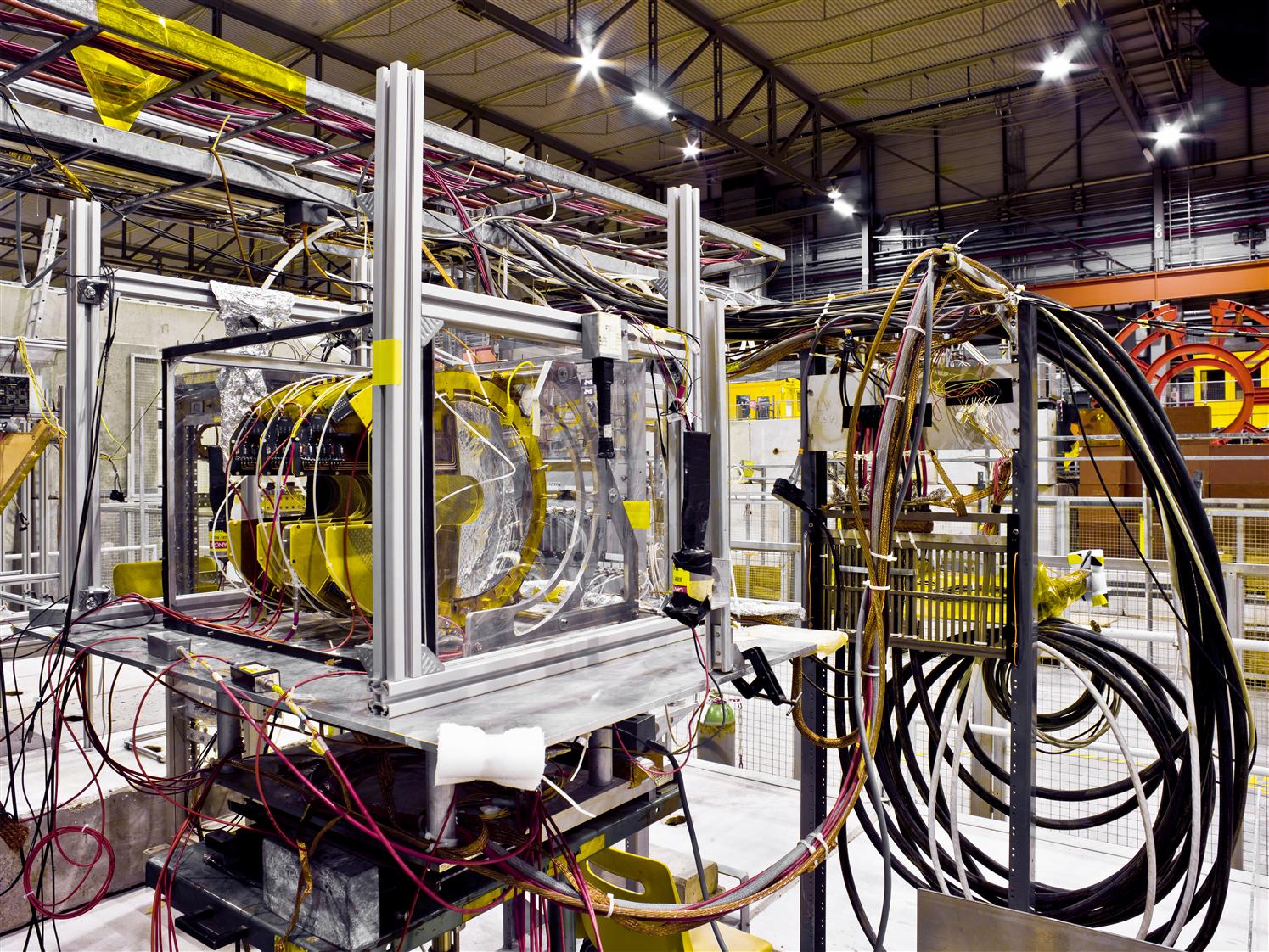Creation of a European network dedicated to technology transfer
The CERN Council recently approved the creation of a technology transfer network, whose aim will be to improve European industry’s access to the technologies developed by the particle physics community in the Member States.
The desire to set up a technology transfer network follows on from the European Strategy for Particle Physics, approved by the CERN Council on 14 July 2006 in Lisbon. In this context, special emphasis was laid on European industry’s participation in the implementation of particle physics programmes and, in particular, its access to the new technologies developed by the scientific community. It was recognised that effort needs to be put into improving the efficiency of technology transfer (TT) activities by creating synergies between the Member States and endeavouring to harmonise the specific characteristics of various national systems.
The gas detectors for the TOTEM experiment (GEM) offer potential for fruitful collaboration within the framework of the TT network. Many other technologies are going down the same road.
Taking the bull by the horns, the CERN Council approved the establishment of a working group (the Technology Transfer Task Force - TTTF) in March 2007. Representatives from institutes in 17 Member States took part in the TTTF’s work, which consisted of analysing, with the assistance of industry experts, the yield and efficiency of current TT practices. After a year’s work, the conclusion was drawn that, in order to improve the spin-offs from particle physics research to industry and society, the best idea is to take advantage of the naturally collaborative spirit of physics researchers and extend this collaboration to the field of TT, and, at the same time, to establish a proactive and recognised network of experts to develop technology transfer in the particle physics field. At its most recent meeting in March the CERN Council approved the creation of this network, which will bring CERN’s TT office and the TT offices of public research institutes in the Member States under one umbrella. Its aim will be to pool the work of various scientific collaborations with a view to improving the efficiency of TT activities. Notably, it will endeavour to match the supply of technologies to the needs of industry and thus increase the visibility of technological activities associated with particle physics.
Making the best use of contacts
"Technology transfer is a great responsibility for the Laboratory. It must be the natural extension of the physics programme. We hope this network will facilitate communication and strengthen the potential spin-offs from research to society, via industry. It’s all about making the best use of our contacts in national industry in order to disseminate technologies developed by the elementary particle physics community in Europe," states the CERN Director-General.
The implementation of this project is being managed by CERN’s TT office. It will take place in two steps.
Over the coming three years (2008-2011), a dozen or so TT experts affiliated to European institutes - CEA, EPFL, IN2P3, DESY, INFN – will set up the tools needed for this network to operate.
An intellectual property charter compatible with the Open Science principle, giving open access to scientific results, will be drawn up. It will lay down a common approach to intellectual property and the codes of conduct governing it. It will also include a set of specimen contracts for licensing ventures and for collaborative developments between laboratories.
A new website will also be jointly set up to promote the new technologies of the European particle physics community.
Furthermore, indicators will be put in place to improve the visibility of the TT activities in fundamental physics in qualitative and quantitative terms. These will also provide a measurement of the network’s performance.
Once these tools have been created, the network will be able to sign up other physics institutes across Europe.
The particle physics community, CERN in particular, operates in many technical fields such as mechanics, electronics, information technology and communication. The many innovations and new technologies which are brought to light can lead, via industry, to important and beneficial spin-offs. The shining example of this is obviously the World Wide Web. But other fields of activity, in particular the medical field (medical imaging, cancer therapy, etc.) offer great development potential and can be a source of progress for the whole human race.



